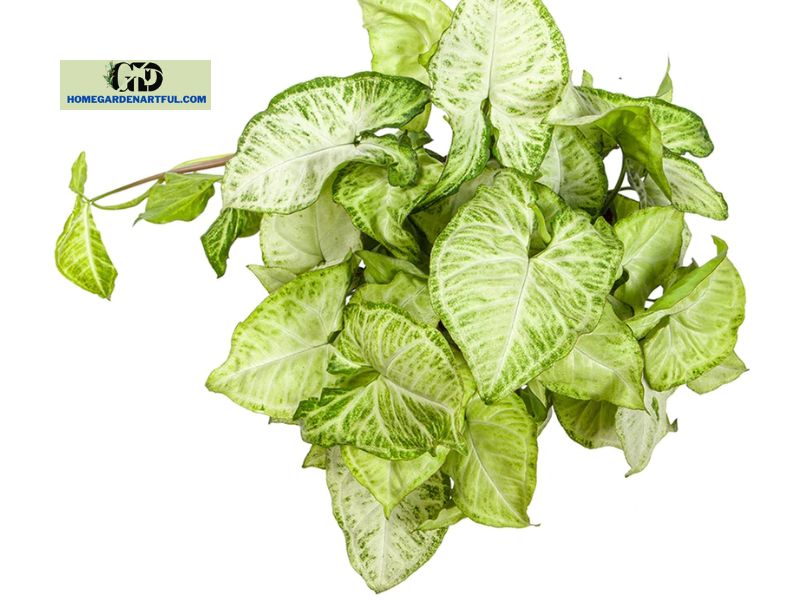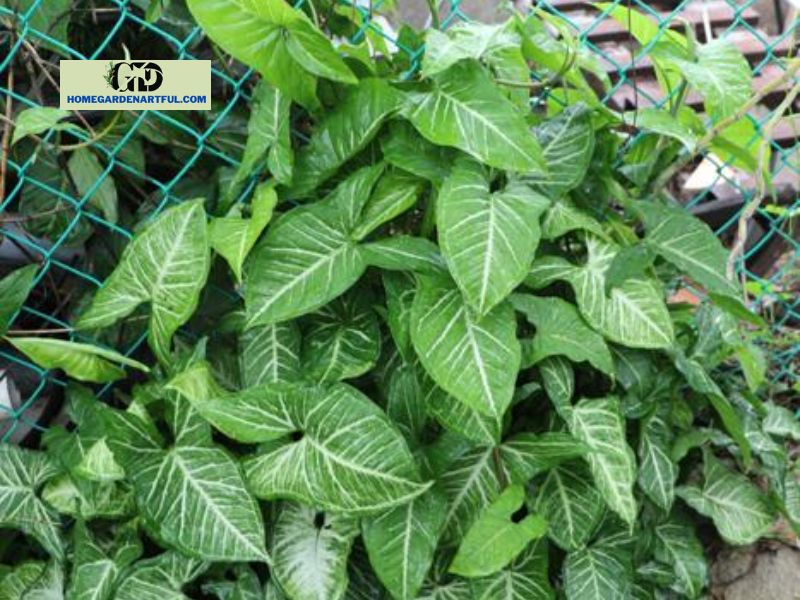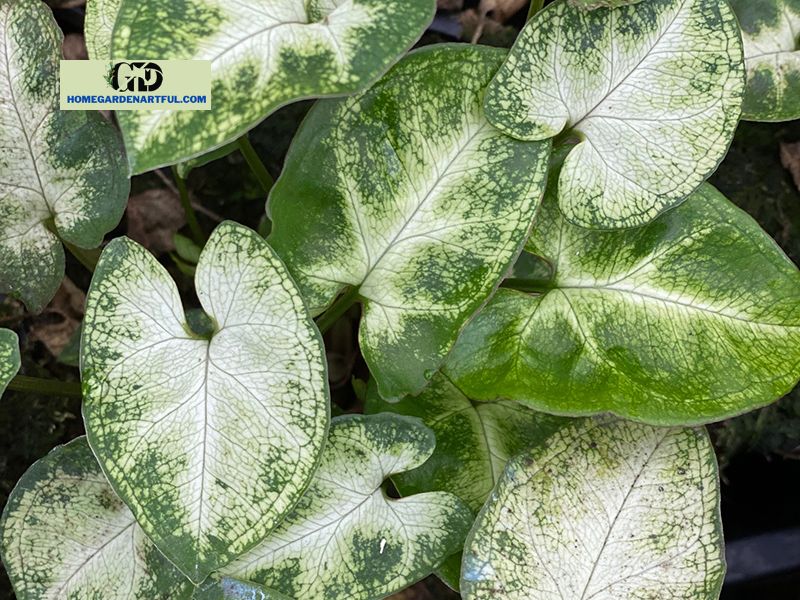Syngonium podophyllum is the official botanical name for the Syngonium White Butterfly plant. Some of their common names include the nephthytis, arrowhead vine, American evergreen, and five fingers. These 80% white plants get their name “arrowhead” from its remarkable arrowhead shape. The plant is widely known for its adaptability and low maintenance requirements. The individual leaves change shape as they grow from juvenile to mature stages, creating gorgeous greenery. The Syngonium White Butterfly is perennial and indigenous to semi-tropical regions; it is found in Brazil, Ecuador, Bolivia, and Mexico. Discover at homegardenartful.com!
Care for Syngonium White Butterfly

Water
In soils that are consistently moist, the Syngonium White Butterfly thrives better. It is important to water with caution so that the soil can dry. Most growers use the small and frequent strategy of watering, however, the Syngonium White Butterfly plant doesn’t respond to fv approach. Establish the correct water requirements for your plants, and keep altering them as the seasons change. For instance, the interval between waterings is lengthened to accommodate for the slow drying procedure during the winter.
Light and Humidity
Syngonium White Butterfly needs humidity since dry air produces brown leaf crisping. To improve humidity, simple techniques can be used, including clustering plants, pebble trays, misting, and humidifiers. Put your plant in a spot where it will receive lots of indirect light. Long periods of direct sunshine burn the leaves. The plant does well in the range of 61°F and 70°F. It is crucial to make sure the room doesn’t get colder than 55°F.
Fertilizer and Soil

The Syngonium White Butterfly thrives in well-drained soils that are rich in organic matter and shaded by trees in its natural habitat. Make a potting mixture with quarter coco coir, half ocean forest, and quarter charcoal and pumice soil to mimic comparable soil conditions. By introducing three or four handfuls of worm compost, you can flavor the combination. Additionally effective is general-purpose potting soil.
At least once each month, use liquid fertilizer for indoor plants at half-strength. Use slow-release fertilizer as an alternative, or top-dress your garden in early spring with compost or worm castings.
Pruning and Cleaning
For the plant to remain ordered and to avoid the unsightly flop effect, pruning is crucial. Since it is deadly if swallowed, avoid keeping them in places where pets and kids can easily obtain them. To prune, remove undesirable leaves and overgrown stems using a sharp knife or pair of scissors. Avoid letting the plant’s milky material touch your eyes.
Propagation

By germinating its cuttings in a soil or water media, the Syngonium White Butterfly can be easily multiplied. A few inches below the first set of nodes, locate a new growth branch with one or two leaves. Keep the cutting submerged in water. Transfer the plant to a pot once the root system has developed after a few weeks. If you decide to plant the cutting immediately into the soil, it is best to first soak it in a hormone that promotes roots.
Repotting
The Syngonium White Butterfly develops primarily around the stems and leaves as opposed to the roots. This is why small pots usually go well with the plant. If you notice slowed growth or increased watering needs, it is respectable to repot the plant into a bigger container. Repotting requires removing the plant from its current container, lining the drainage holes with a coffee filter, and placing potting soil on top. After loosening the roots, plant it in the new container and water it thoroughly. Place the plant where it belongs while enabling the soil to drain.
Conclusion
The Syngonium White Butterfly is a pretty plant with a reputation for cleansing the air. Although simple to maintain, it is vulnerable to aphids and spider mites. Low humidity favors brown, crunchy leaves, and low light conditions can also cause it to become variegated. Furthermore, if pruning is neglected for a prolonged period of time, the plant may become lanky and floppy. Keep Syngonium White Butterfly away from children and animals at all times because it is harmful to both.


